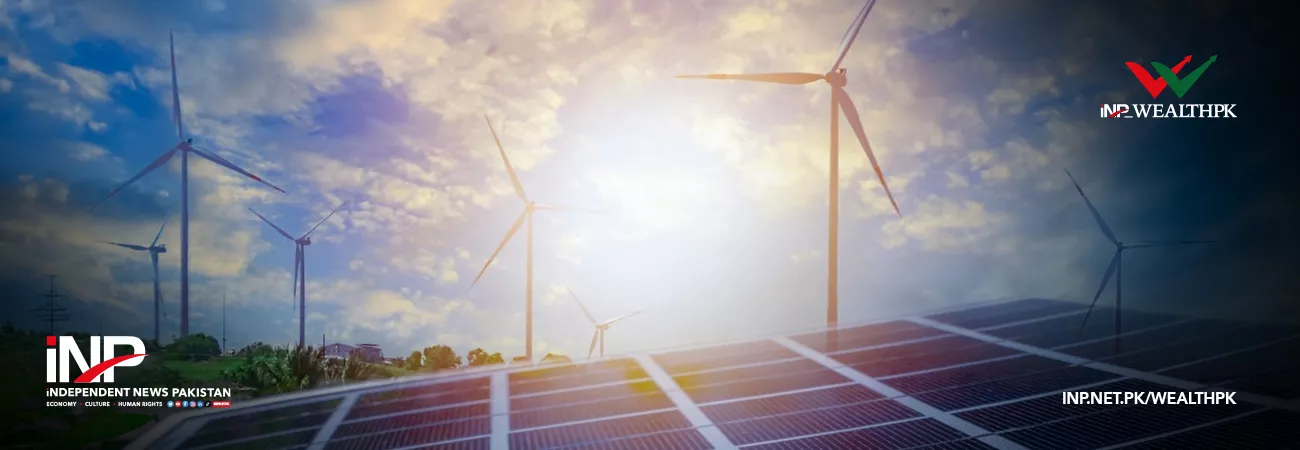INP-WealthPk
Pakistan needs investments ranging from USD 62 billion to USD 155 billion in the next ten years to resolve its energy crises. The assessment was made in a report titled ‘CAREC Energy Outlook 2030’ brought out by the Asian Development Bank (ADB). The report makes energy estimates for various compartments of the electricity supply system.
The report said that the most significant investments are needed in the sectors of power generation and energy efficiency due to the growing demand and low baseline efficiency. The report has outlined three key areas where investments are required to meet the energy demand of the country given the future trends of energy consumption.
The report said that the country needs to work on its regulatory framework, technological development and consumer preferences. It further stated that Pakistan needs to work in the areas of business-as-usual (projected energy supply and demand, with current energy system and policies), government commitments (projected energy supply and demand, considering individual priorities of the Government of Pakistan) and green growth (projected energy supply and demand, considering enhanced energy transition and environmental policies).
The report said that Pakistan needs to develop its hydropower capacity to meet its energy demands of the future with investments needed from USD 11 billion to USD 26 billion. Similarly, investments are needed to develop wind and solar energy systems, ranging from USD 12 billion in the BAU scenario to USD 36 billion in Government Commitments scenario to USD 57 billion in the Green Growth scenario.
The report categorically stated that future investments in the energy sector should only be made in the renewable sectors emphasizing the importance of shifting to green sources of energy. The report said that the country needs USD 12 billion in the BAU scenario, USD 21 billion in the Government Commitments scenario, and USD 31 billion in the Green Growth scenario for development of the nuclear energy system.
Investments to the tune of USD 38-155 billion are required in the compartments of generation, rehabilitation, and expansion, amounting to 60-75% of the total. The second largest share of investment is needed in the compartment of energy efficiency, with USD 12 billion needed in BAU scenario, USD 21 billion in Government Commitment scenario and USD 26 billion in the Green Growth scenario.
Also, the amount of investments required in the compartments of modernization and expansion of power and gas grids, is USD 13 billion to USD 14 billion, respectively. The report also came up with recommendations to resolve several challenges in the way of opening up the energy sector to private companies.
It said that there was a lack of clarity about what sources constitute renewable sources and what sources as non-renewables. For example, the Alternative and Renewable Energy Policy had categorized the hydropower source as a non-renewable one. The report said that making 30% of energy come from renewable sources by 2030 will be difficult given the dependence on erecting new wind and solar panels, adding that hydropower sources should be included in the policy to meet the target easily.
It said that another area of challenge was the lack of a detailed energy plan for the energy sector. Although the National Energy Policy has been approved, the corresponding division of roles in policymakers who would assign policy areas to all relevant stakeholders has not been completed yet.
The report highlighted that sector-specific policies are made by relevant authorities these days. For instance, the alternative energy policy is developed by the AEDB, while the power generation policy is made by NEPRA. The report said that this creates uncertainty regarding the long-term direction of sector development, and also leads to unnecessary bureaucracy-delays in project implementation.
Credit : Independent News Pakistan-WealthPk




